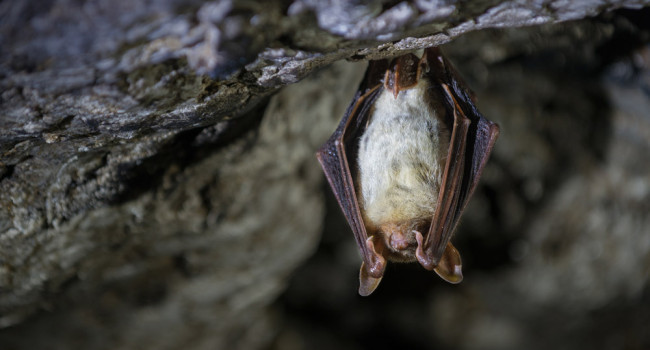The benefits of protected areas for bird population trends may depend on their condition

Author(s): Brighton, C.H., Massimino, D., Boersch-Supan, P., Barnes, A.E., Martay, B., Bowler, D.E., Hoskins, H.M.J. & Pearce-Higgins, J.W.
Published: March 2024
Journal: Biological Conservation Volume: 292
Article No.: 110553
Digital Identifier No. (DOI): 10.1016/j.biocon.2024.110553
With an estimated one million species currently threatened with extinction, it is imperative to stem biodiversity loss. The Kunming–Montreal Global Biodiversity Framework, agreed by world leaders in 2022, sets out to protect 30% of the world’s land, coastal waters, and ocean by 2030 (known as “30 by 30”) in an attempt to address this issue. However, is simply designating an area as ‘protected’ effective in restoring species’ numbers?
This study used data from the BTO/JNCC/RSPB Breeding Bird Survey to examine how the quality of a protected area, as measured by its condition, affects breeding bird abundance and population trends. It found evidence that protected sites in favourable condition were associated with greater (albeit, less negative) bird abundances than those in unfavourable condition, and that protected areas in favourable condition were associated with increased population trends compared to unfavourable protected areas.
Favourable protected area condition was also seen to benefit habitat specialists and cold-adapted species, such as Whinchat and Corn Bunting. Interestingly, population trends of UK Red-listed species, including Cuckoo, Willow Tit and Linnet, were more positively associated with both favourable and unfavourable protected area extent, suggesting that species of conservation concern benefit from the existence of protected areas regardless of their condition.
These findings suggest that improving protected areas in unfavourable condition can benefit species recovery, and highlight the importance of effective conservation management. This has important policy implications, in that simply achieving the “30 by 30” target without ensuring those resulting protected areas are of good quality might not be sufficient to restore biodiversity.












Share this page